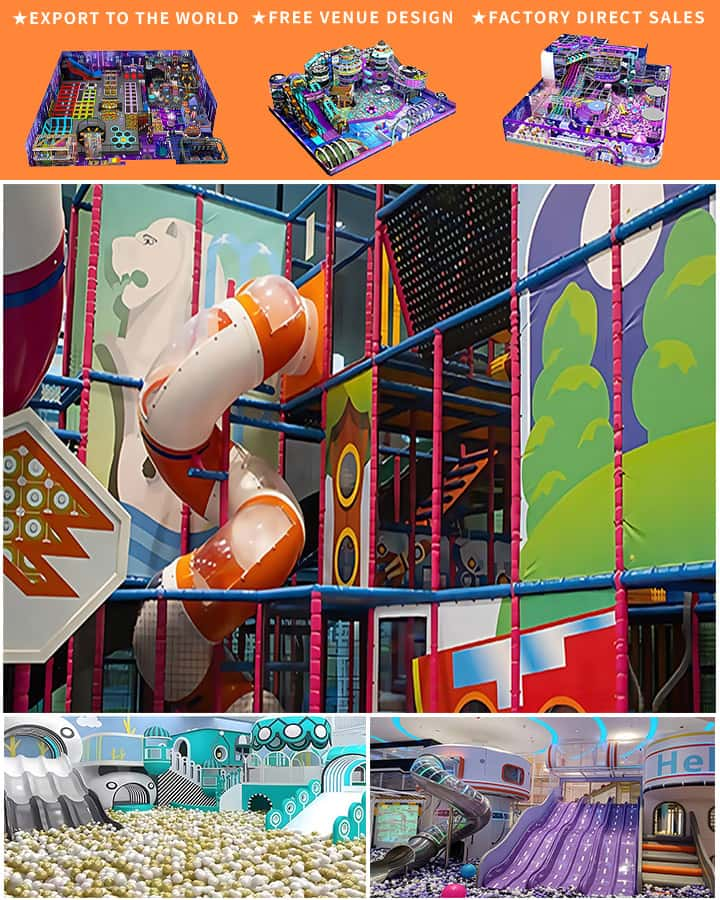In recent years, the importance of accessible and well-maintained public parks has come to the forefront of community development. Central to this initiative is the provision of quality playground equipment that not only offers recreational opportunities but also fosters physical health, social interaction, and childhood development. Securing grants for playground equipment in parks has emerged as a vital strategy in achieving these goals. This article explores how grants are transforming parks across various communities, the types of grants available, and the impact they have on both children and adults.
The Role of Grants in Enhancing Park Facilities
Grants play a crucial role in the enhancement of park facilities by providing essential funding that might otherwise be unavailable. Local governments, non-profits, and community organizations often face budget constraints that limit their ability to invest in high-quality playground equipment. Grants bridge this financial gap, enabling the procurement of safe, durable, and inclusive play structures that cater to diverse age groups and abilities.
Types of Grants Available
Various sources offer grants specifically aimed at improving playground facilities in parks. Some of the most notable include:
Federal Grants: Agencies like the National Recreation and Park Association (NRPA) and the Department of Health and Human Services provide grants for the development and refurbishment of community parks and playgrounds. Programs such as the Land and Water Conservation Fund (LWCF) allocate funds to states for outdoor recreation projects.
State Grants: Many state governments offer matching grants or direct funding through departments of natural resources, parks, or community services. These grants often require collaboration between local municipalities and state agencies to ensure effective utilization of funds.

Private Foundations and Corporations: Numerous private foundations and corporations recognize the value of community spaces and offer grants to support playground projects. Organizations like KaBOOM! and The Walt Disney Company are known for their significant contributions to building and renovating playgrounds nationwide.
Local Grants: Cities and counties frequently have their own grant programs tailored to meet the specific needs of their residents. These local grants are particularly valuable as they address immediate community concerns and involve residents in the decision-making process.
Impact on Communities
The positive effects of securing grants for playground equipment in parks extend far beyond mere recreational benefits. Here are some key impacts:
Physical Health: Well-equipped playgrounds encourage children and adults to engage in physical activities, promoting overall health and fitness. This is particularly important in combating sedentary lifestyles and related health issues such as obesity and cardiovascular diseases.
Social Interaction: Parks with modern playground equipment become focal points for social interaction, fostering community bonds and providing safe spaces for families and friends to gather. They serve as inclusive environments where children from different backgrounds can play together, learning vital social skills.
Child Development: Playgrounds equipped with a variety of play structures support cognitive, emotional, and physical development in children. Activities such as climbing, sliding, and balancing enhance motor skills, while imaginative play stimulates creativity and problem-solving abilities.
Economic Benefits: Improved parks can boost local economies by attracting more visitors, enhancing property values, and creating jobs. Additionally, well-maintained parks reduce long-term costs associated with repairs and replacements, making them a sound investment.
Inclusivity: Many modern playgrounds designed with grant funding prioritize inclusivity, ensuring that children of all abilities can enjoy and benefit from the facilities. This promotes a culture of diversity and acceptance within the community.
Case Study: Revitalizing Downtown Greenspace
One shining example of the transformative power of grants is the revitalization of Lincoln Park in a mid-sized city. Previously underutilized and showing signs of neglect, the park received a substantial grant from a state government program aimed at urban renewal. The funds were used to install new playground equipment that included wheelchair-accessible swings, interactive water features, and multi-generational fitness zones.
The upgraded facilities quickly became a hit among residents, significantly increasing foot traffic and community engagement. Local businesses reported higher customer visits, and property values around the park saw a noticeable uptick. Most importantly, surveys conducted post-renovation revealed overwhelmingly positive feedback from residents about their enhanced quality of life and sense of community pride.
Conclusion
Securing grants for playground equipment in parks is more than just an investment in physical infrastructure; it is an investment in the health, happiness, and cohesion of communities. As cities and towns continue to seek ways to improve public spaces, leveraging grant opportunities will remain a cornerstone strategy. By fostering partnerships between government agencies, private sector entities, and the community, we can ensure that our parks are vibrant, welcoming places that enrich the lives of current and future generations.




